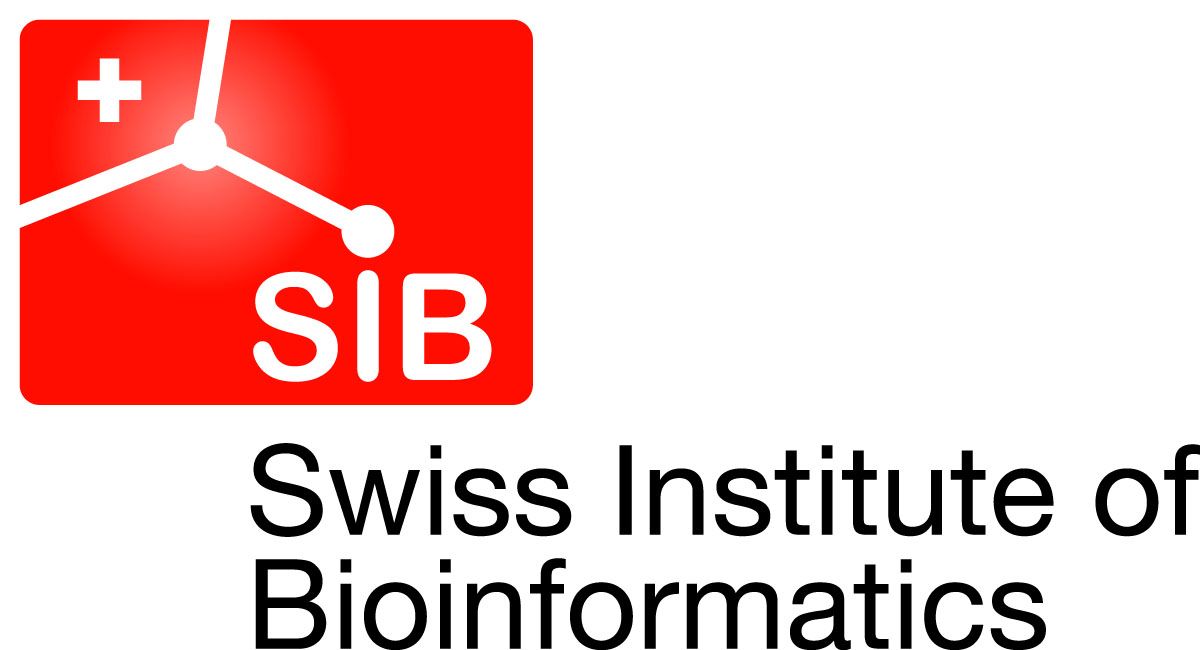Video, E-Learning
SPHN Dataset Template: Build an RDF schema from an Excel file
This training was developed in the context of the Swiss Personalized Health Network (SPHN) initiative and is part of a series of trainings centred around the SPHN Interoperability framework developed by the SPHN Data Coordination Center (DCC). The framework aims at facilitating collaborative research by providing a decentralized infrastructure sustained by a strong semantic layer (SPHN Dataset) and graph technology, based on RDF, for the exchange and storage of data.
In this training, the SPHN Dataset Template is used to enable SPHN projects to prepare an Excel file with additional semantic information currently missing in the SPHN Dataset but that is needed for the project. Once the Dataset Template is filled with project information, it becomes the project-specific Dataset.
The SPHN Schema Forge is a web service that takes as input a SPHN-compliant Excel file, built with specific conventions, and generates automatically:
• A SPHN RDF Schema
• A list of SHACL rules complying to the schema
• A list of SPARQL queries
• A human-readable HTML Visualization of the schema.
If the project-specific Dataset is constructed in a way that it complies with the expected input of the SPHN Schema Forge web service, a project data manager can simply give the Excel to the SPHN Schema Forge to obtain a project-specific RDF Schema.
Therefore, with the SPHN Dataset Template and the SPHN Schema Forge, the workload on projects in learning and understanding RDF and its related applications is significantly reduced.
Resources:
All resources are available on the training's GitLab space
Licence: Creative Commons Attribution Share Alike 4.0 International
Keywords: Semantic artifacts generation, Automation, Clinical data, Semantic Framework, FAIR, RDF, RDF graph generation, Dataset template
Target audience: Research Scientists, Data Managers, Biomedical Researchers, Bioinformaticians, Data Scientists
Resource type: Video, E-Learning
Status: Active
Prerequisites:
It is recommended to have a basic understanding of the SPHN Semantic Interoperability Framework. To know more please refer to the following training: How to create a concept for the SPHN Dataset
Learning objectives:
After the training you will be able to:
• Fill the SPHN Dataset Template in order to build a project-specific Dataset
• Load the file in the SPHN Schema Forge for generating a project-specific RDF Schema
Date created: 2023-07-24
Date modified: 2023-07-24
Date published: 2023-07-24
Scientific topics: Computer science, Data management, FAIR data, Medical informatics
Activity log

 Switzerland
Switzerland
